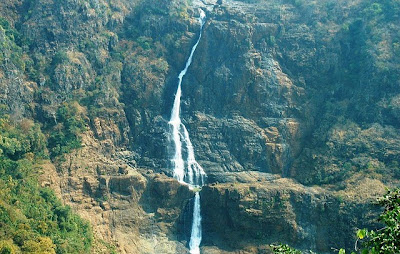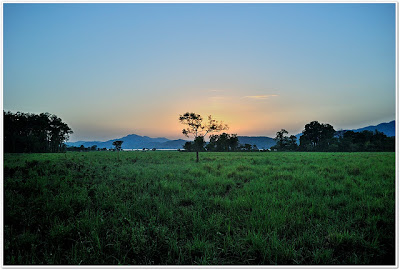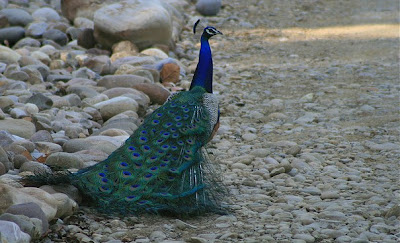Heralded as India’s largest and oldest formal State Zoological Park is Alipore Zoological Gardens (popularly known as the Alipore Zoo) in Kolkata – Capital of West Bengal. Sprawled across 22.535913°N 88.332053°E, Alipore Zoo is located just one kilometre east of River Hooghly in the southeast segment of Kolkata city. This Zoo receives extremely high footfall of more than 20 lakh (20, 00,000) visitors annually. On Christmas and on the New Years the number of visitors increases multifold making it one of the most popular winter tourist attractions in Kolkata.
Alipore Zoo was formally inaugurated on 1 January 1876 by the Prince of Wales - British King Edward VII encompassing 45 acres of land in a posh Kolkata suburban area. The Zoo encloses a Reptile House (a new construction), a Primate House, an Elephant House, and a Panther House which opens out onto the open air enclosures for the lions and tigers and the vast water bodies in the centre of the Zoo attract a lot of migratory birds – which is why bird-photographers flock to the site each season. The Zoo also has a separate Zoo for children. The ‘Calcutta Aquarium’ which is affiliated to the Alipore Zoo lies right across the road from the main entrance to the Zoo.
This zoo was a pioneer in ‘Captive Breeding’ of rare animals including the ‘Manipur Brow-antlered Deer’ and Panthera Breeding. Alipore Zoo was home to the 250 year old Aldabra Giant Tortoise – Adwaita, who was originally brought to Lord Clive’s menagerie from Seychelles by the British seafarers and was gifted to the Zoo in 1875.
The Royal Bengal Tiger, African Lion, Jaguar, Hippopotamus, Great Indian One-horned Rhinoceros, Reticulated Giraffe, Grant s Zebra, Emu, Dromedary Camel, Indian Elephant, the Giant Eland (open forest savannah antelope) are the biggest crowd-pullers of the Zoo.
The aviary of the Zoo has large parrots including a number of Macaw species, Conures, lories and lorikeets; other large birds like Touracos and Hornbills; Cassowary; some large flightless birds like the Emu; colourful game birds like the Golden Pheasant, Lady Amherst s Pheasant and Swinhoe s Pheasant and Ostrich.
The open air tiger enclosure is named the Mymensingh Enclosure after Indian Nobility – Raja Suryakanta Acharya of Mymensingh who contributed animals generously to the Zoo. Mysore Maharaja Krishna Raja Wadiyar also contributed some rare animals to the Alipore Zoo from his private Menagerie.
An affiliate member of the World Association of Zoos and Aquariums (WAZA) is the Central Zoo Authority of India (CZA) – owned by Government of India – to whom Alipore Zoo is aligned.
A pioneer in captive breeding, one of the first zoo-keepers who had formal training as a Biologist – Ram Brahma Sanyal (1858-1908) was made the first Superintendent of the Alipore Zoological Gardens. Having gained 10 years of experience as a Zookeeper, Ram Brahma Sanyal was asked to write English articles based on the daily register that he would maintain – by the Management Committee. The findings of Ram Sanyal were published as ‘A Handbook of the Management of Animals in Captivity’ in Lower Bengal in 1892 on recommendation of Sir Stuart Colvin Bailey – the Lieutenant Governor of Bengal. Ram Sanyal went on to further publish scientific publications such as ‘Proceedings of the London Zoological Society in the years 1893 – 1895’ among others. Impressed with his contribution towards enhancing the quality of the Zoo Standards, the British sent Ram Sanyal to Europe to get a first-hand feel of the great zoological gardens of Europe and also to attend the Fourth International Congress of Zoology in Cambridge. On return to India, Sanyal was conferred upon the title of Honour – ‘Rai Bahadur’ by British India. His detailed reports on the housing, feeding and treatment of animals in Zoos highlighting the reasons for success in Captive Breeding won him international and national acclaim and put the
Alipore Zoological Gardens on the map.

The Red Kangaroo is the largest of all kangaroos, the largest mammal native to Australia, and the largest surviving marsupial.Red kangaroos will associate in small groups of 2-4 members. The most common groups are females with young-at-foot.The red kangaroo breeds all year round. The females have the unusual ability to delay birth of their baby until their previous Joey has left the pouch.The Red Kangaroo is approximately 5 feet long and has a tail that is about 42 inches long.They are able to jump 29 feet in distance and 6 feet in height. For short periods they can attain a speed of 35 mph. They can maintain a speed of 12 mph for hours.
Habitat: Red kangaroos are found throughout Australia. Primarily they are found in the dry grassy plains and stay away from the wetter grasslands.
Food: Red kangaroos survive on grass and other vegetation. They are also able to go for long periods without water as long as they.








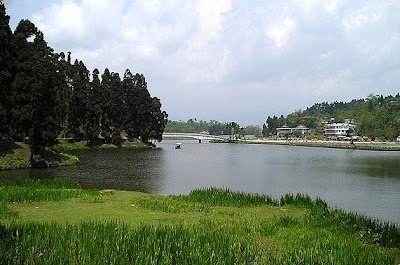


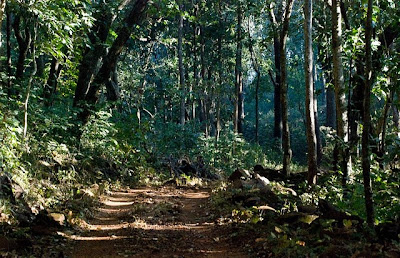
.jpg)
